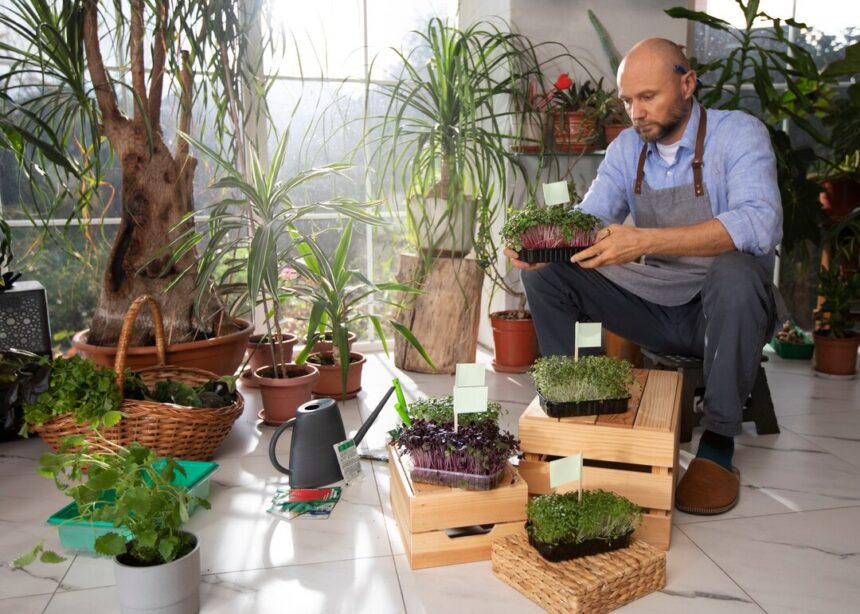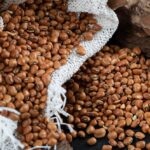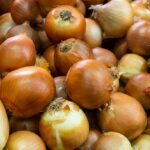Container gardening has gained popularity among South African farmers and urban growers for its versatility, space efficiency, and potential for growing a variety of crops. However, despite its benefits, container gardening can pose challenges when not done correctly. Here are ten common mistakes South African farmers should avoid to ensure success in container gardening.
1. Using the Wrong Containers
One of the most frequent mistakes is choosing inappropriate containers. Containers that are too small limit root growth, while those without drainage holes lead to waterlogging and root rot. Farmers should select containers with adequate size and proper drainage to support the specific crop being grown.
2. Poor Soil Selection
Using garden soil in containers can cause compaction, which restricts airflow and water drainage. Instead, opt for a high-quality potting mix enriched with organic matter. This ensures proper aeration, water retention, and nutrient availability, crucial for healthy plant growth.
3. Overwatering or Underwatering
Improper watering is a leading cause of failure in container gardening. Overwatering can suffocate roots and promote fungal diseases, while underwatering stresses plants and hampers their growth. Farmers should monitor soil moisture levels regularly and water consistently based on the crop’s needs and weather conditions.
4. Neglecting Sunlight Requirements
Placing containers in unsuitable locations is a common mistake. Crops like tomatoes and peppers require full sunlight (6-8 hours daily), while leafy greens thrive in partial shade. Assess your farm’s sunlight patterns and place containers accordingly.
5. Overcrowding Plants
Planting too many crops in a single container leads to competition for nutrients, water, and space, resulting in stunted growth. Stick to recommended spacing guidelines for each crop to allow sufficient room for root and foliage development.
6. Ignoring Nutrient Needs
Nutrient depletion occurs faster in containers due to their limited soil volume. Relying solely on the initial potting mix without adding fertilizers can result in nutrient deficiencies. Use organic or synthetic fertilizers periodically to replenish essential nutrients like nitrogen, phosphorus, and potassium.
7. Failing to Rotate Crops
Planting the same crop repeatedly in the same container depletes specific nutrients and increases the risk of pest and disease buildup. Practice crop rotation by alternating different plant families in containers to maintain soil health and reduce pest pressure.
8. Not Accounting for Climate Variations
South Africa’s diverse climate zones require tailored approaches to container gardening. For example, crops grown in the Western Cape may need protection from heavy rains, while those in Limpopo might require shading during peak summer heat. Adjust your setup based on regional conditions.
9. Skipping Mulching
Many farmers overlook mulching in container gardening. Mulching reduces evaporation, maintains soil temperature, and suppresses weed growth. Organic materials like straw, wood chips, or dry grass can be used as mulch to improve water efficiency and soil health.
10. Neglecting Pest and Disease Control
Pests and diseases can quickly spread in container gardens if not managed proactively. Inspect plants regularly for signs of infestation or disease. Use natural pest control methods, such as neem oil or companion planting, to reduce chemical use and promote sustainable farming practices.
Practical Tips for Success in Container Gardening
- Choose the Right Crops: Select crops suited to container gardening, such as herbs, lettuce, tomatoes, peppers, and strawberries.
- Invest in Quality Containers: Durable, UV-resistant containers are ideal for South Africa’s climate. Reusable materials like fabric grow bags or recycled barrels are eco-friendly options.
- Monitor Daily: Keep track of weather, soil moisture, and pest activity to address problems early.
- Plan for Mobility: Use lightweight containers or those with wheels to move plants easily as sunlight and weather change.
Container gardening offers South African farmers a sustainable way to grow crops in limited spaces. Avoiding these common mistakes can ensure healthier plants, higher yields, and reduced costs. By choosing the right materials, paying attention to environmental conditions, and maintaining consistent care, farmers can unlock the full potential of container gardening and enjoy its numerous benefits.







